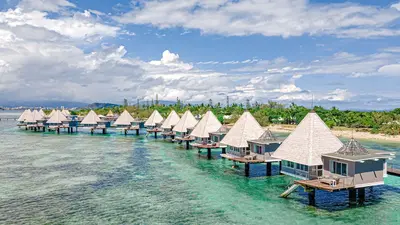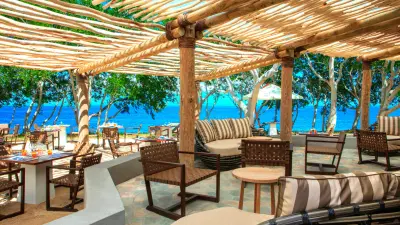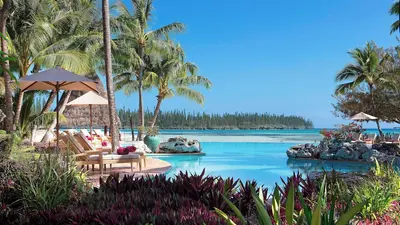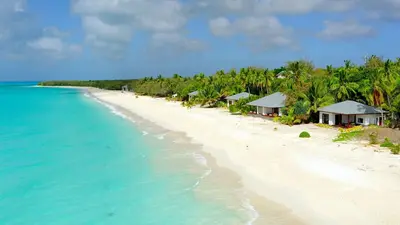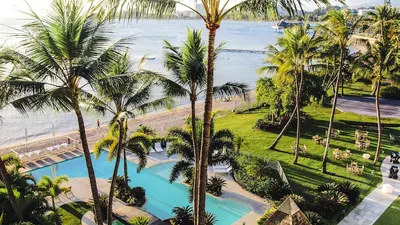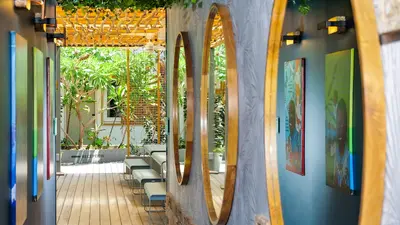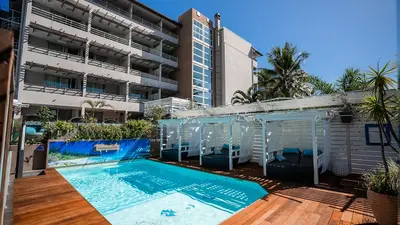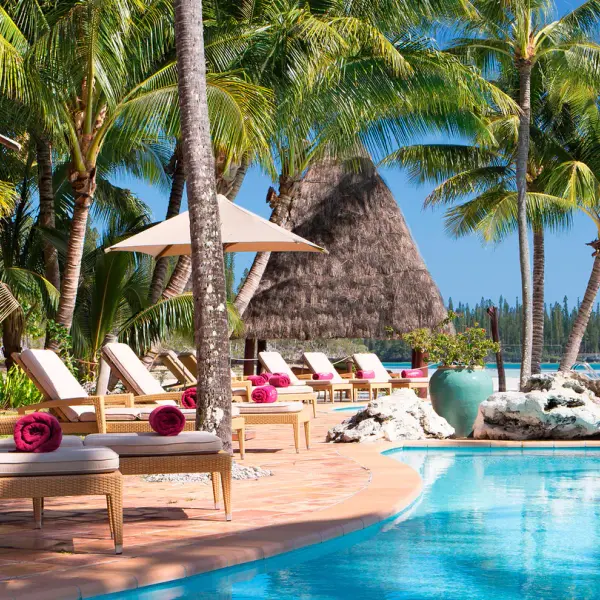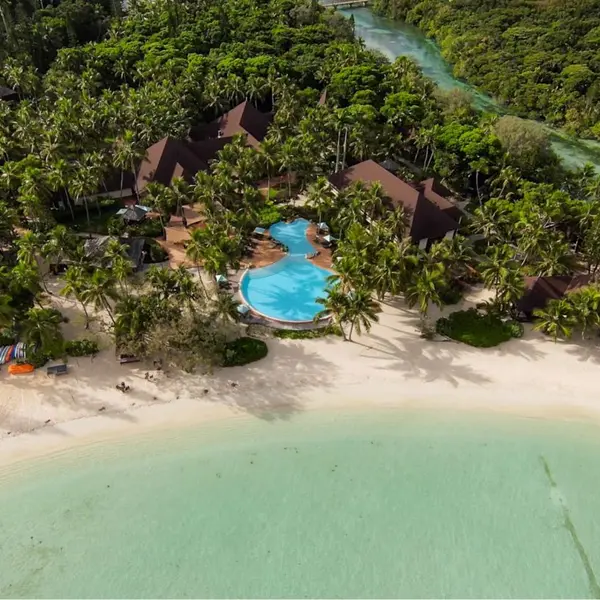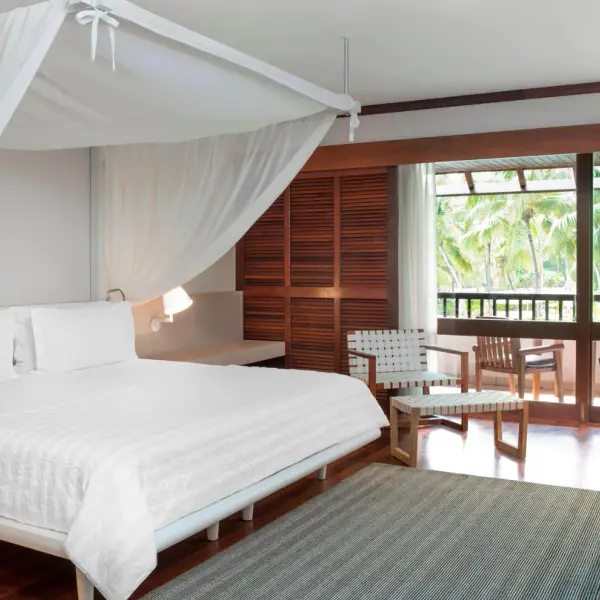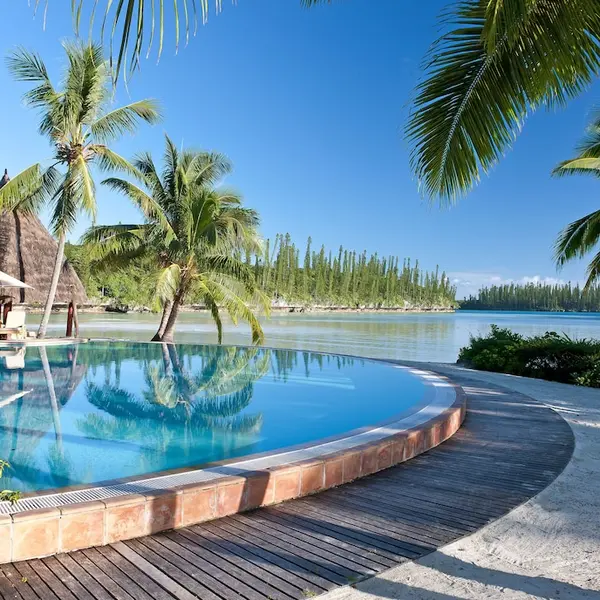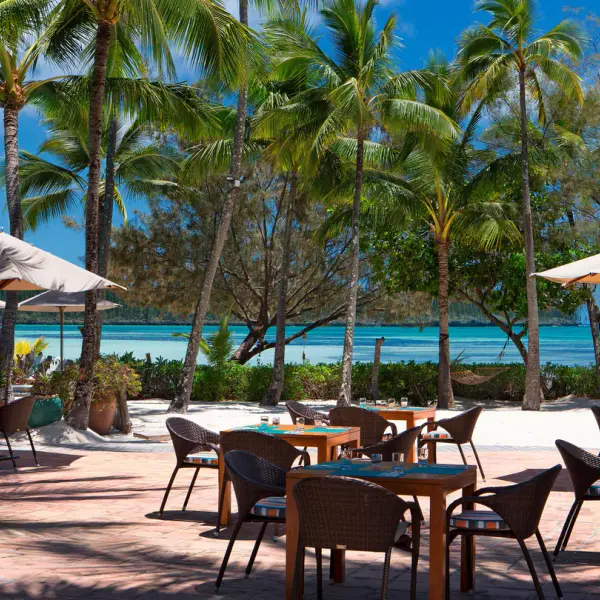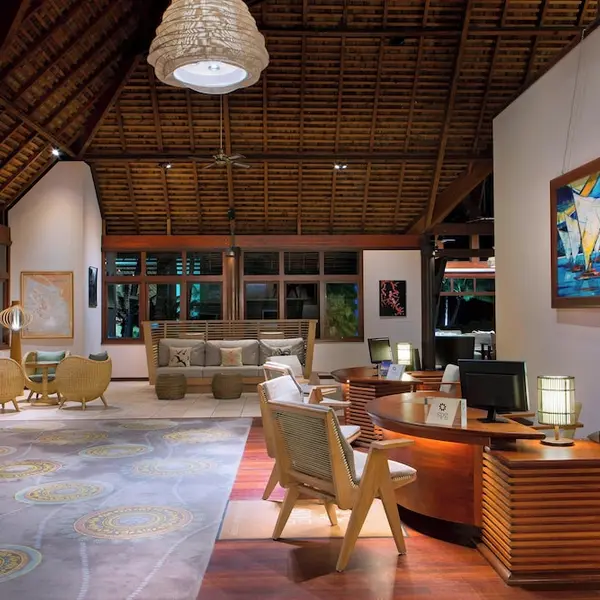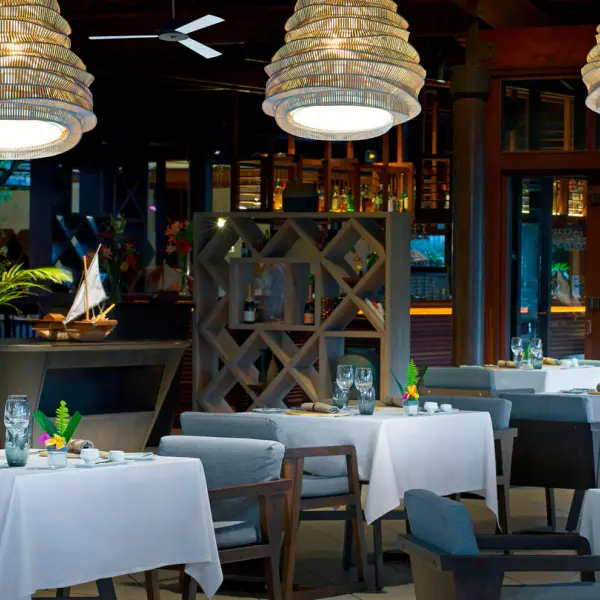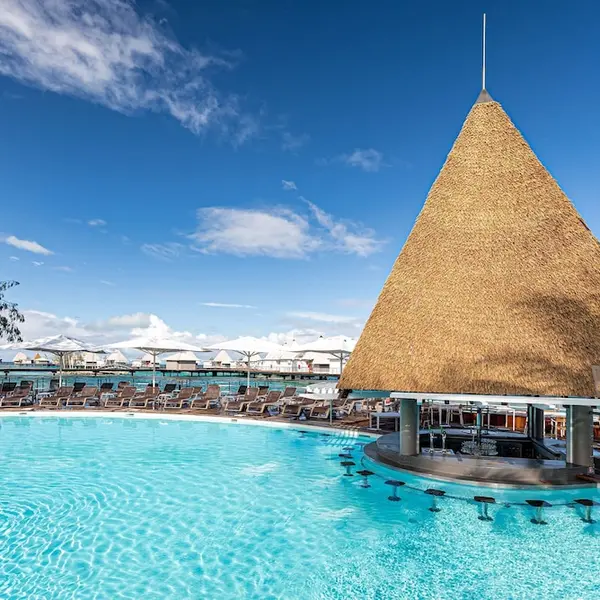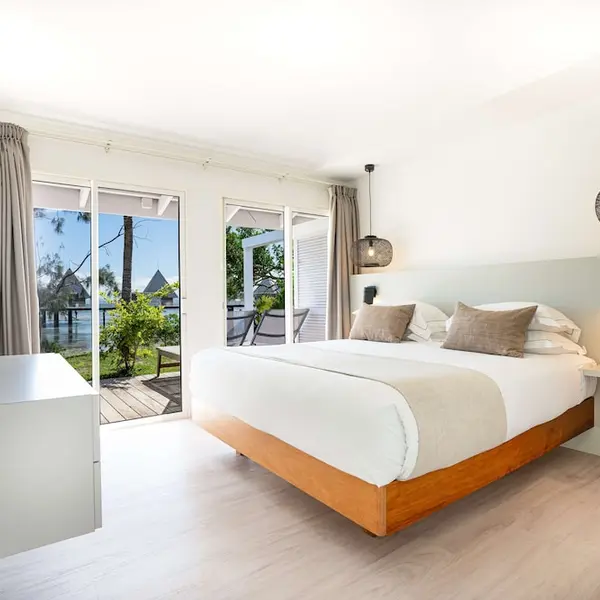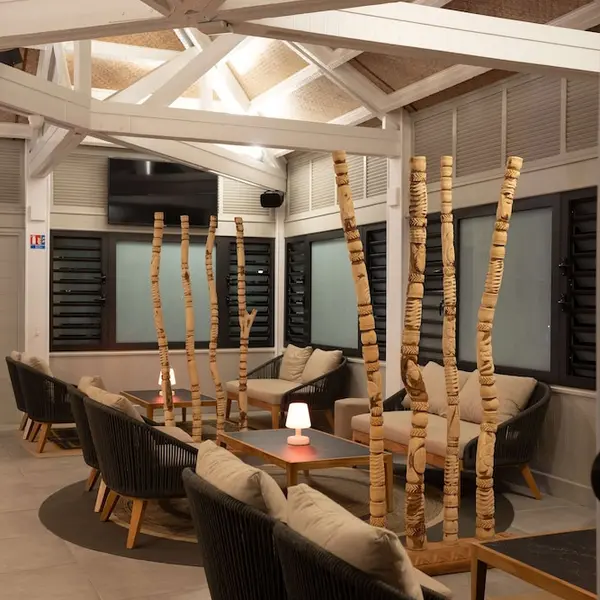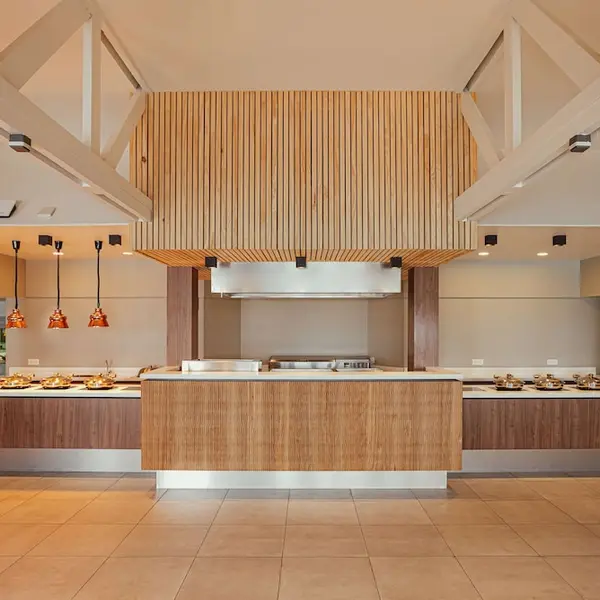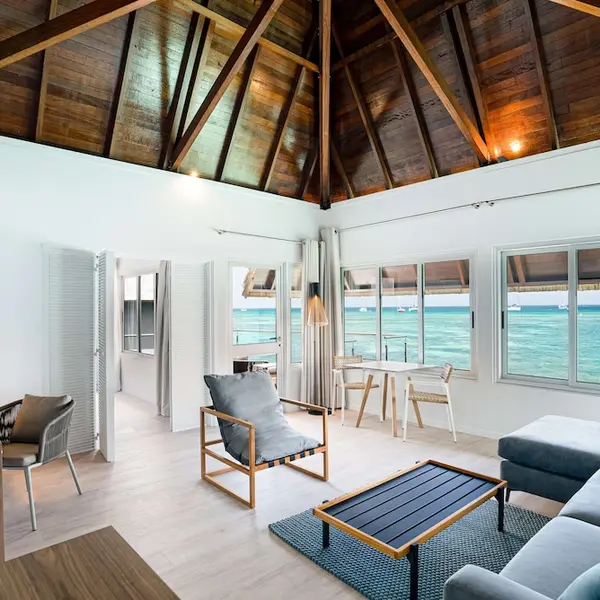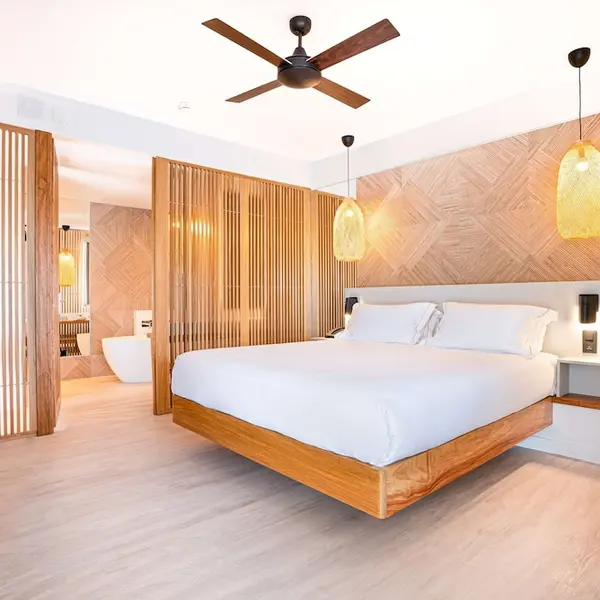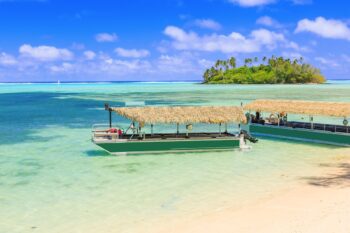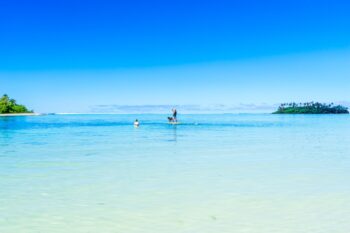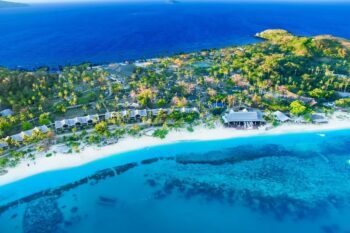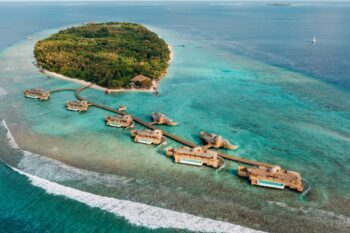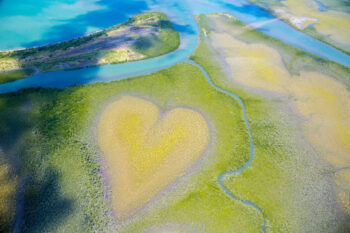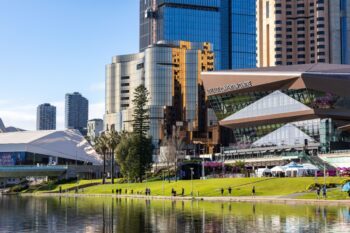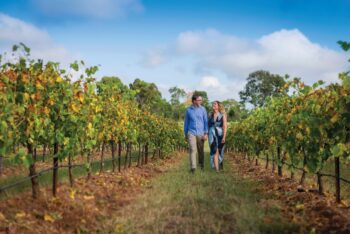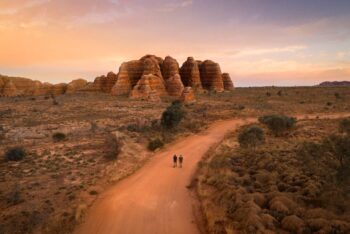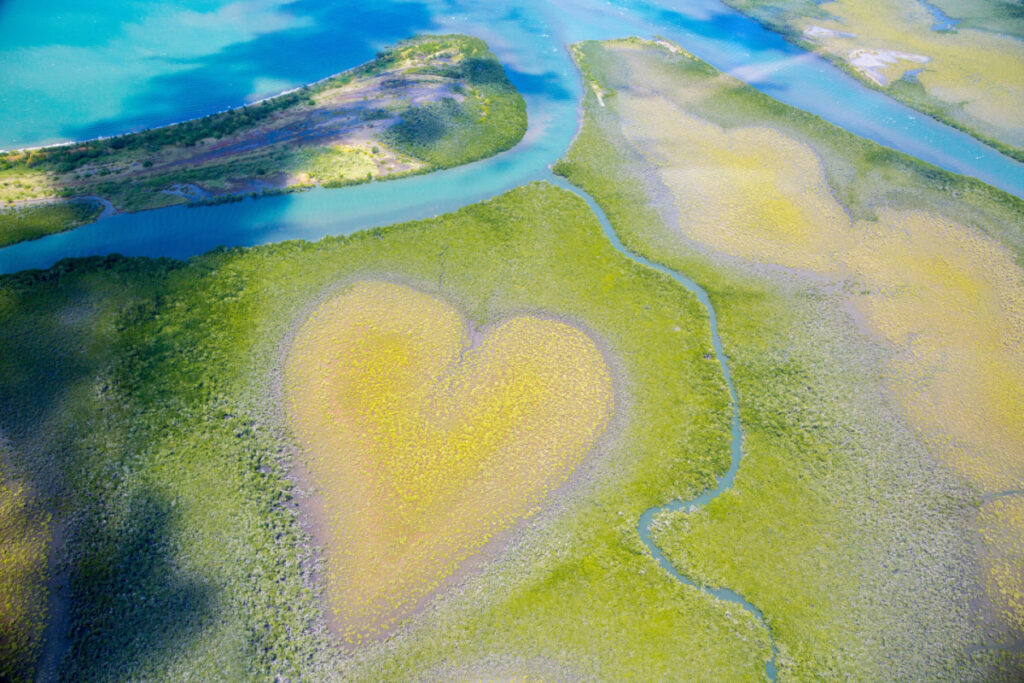
A slice of France in the heart of the South Pacific, New Caledonia enchants visitors with a magnifique blend of diverse regions, natural landscapes, vibrant cultural experiences and world-class dining. With frequent flights departing Brisbane International Airport – and the trip only taking two hours – for many local travellers, it’s never been easier to reach France’s sunniest islands.
Read on to discover why travelling New Caledonia is like visiting seven destinations at once.
North: mysterious caves & brilliant bays
Salt marshes, mud baths, quiet Kanak villages and herds of wild horses: the Grand Terre’s remote north is brimming with places to explore. It’s also a diver’s delight, with underwater tunnels, chimneys and ravines filled with coral, laidback lobsters and the occasional tiger shark. Visit the crossroads town of Koumac for the chance to dip into some of the region’s fantastic caves, hidden within a serene candlenut grove and burrowing deep into the earth. After your underground expedition, a visit to the town itself is highly recommended, with nearby Pandop Beach the perfect place for a mid-afternoon seaside picnic.
Loyalty Islands: paradise beaches & unspoiled nature
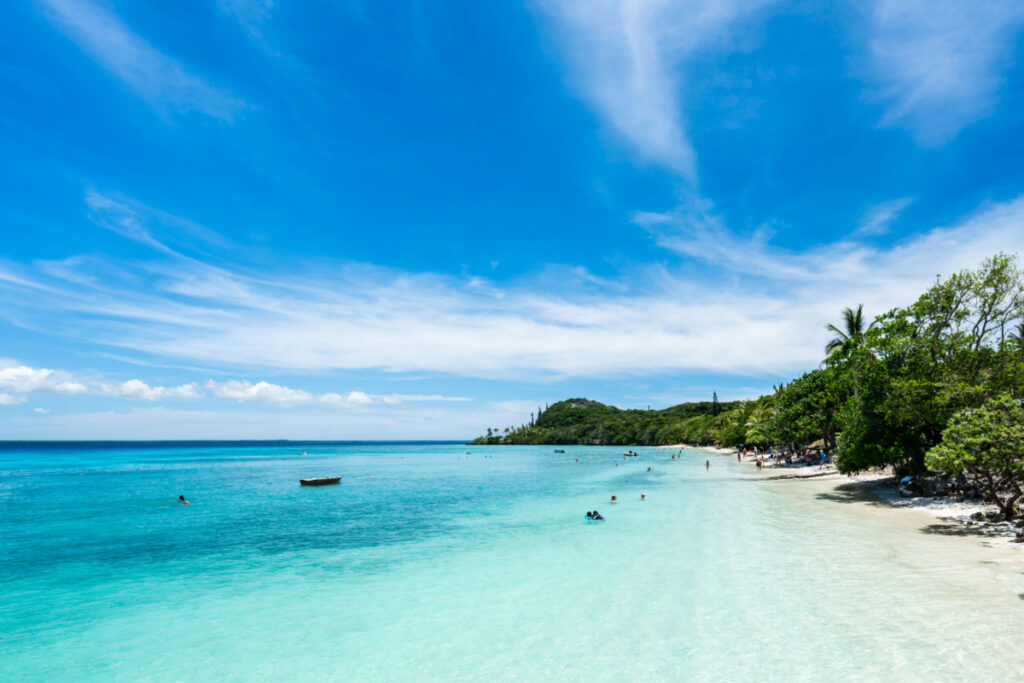
Approximately 200 kilometres east of the Grand Terre, three pristine islands await: Lifou, Maré and Ouvéa. Even in an archipelago legendary for quintessential desert island experiences, the Loyalty Islands stand alone; it’s well worth the flight out.
In Lifou, traditional thatched-roof huts sit alongside sun-bleached chapels and trees home to red-bellied fruit doves, starlings and Lifou white-eyes. The island is famous for its production of vanilla beans – introduced from Madagascar in 1860 – and the island’s annual Vanilla Festival is an extraordinary time to visit, with tastings, traditional ceremony and dances all part of the celebration.
Maré’s famed limestone sinkhole, Le Bone de la Léproserie, is one of the largest of its kind in the world. Maré’s annual Avocado Festival branches out to celebrate the island’s abundant local produce, plus bananas and deliciously tart passionfruit.
Ouvéa’s calm, cerulean lagoons and lovely beaches offer countless spots to spend the day, and the island’s seafood is rightfully loved throughout New Caledonia. But the island also produces coconut oil – a trip to the production plant is a fascinating (and often delicious) start to the morning.
West Coast: Mangrove hearts & cowboy country
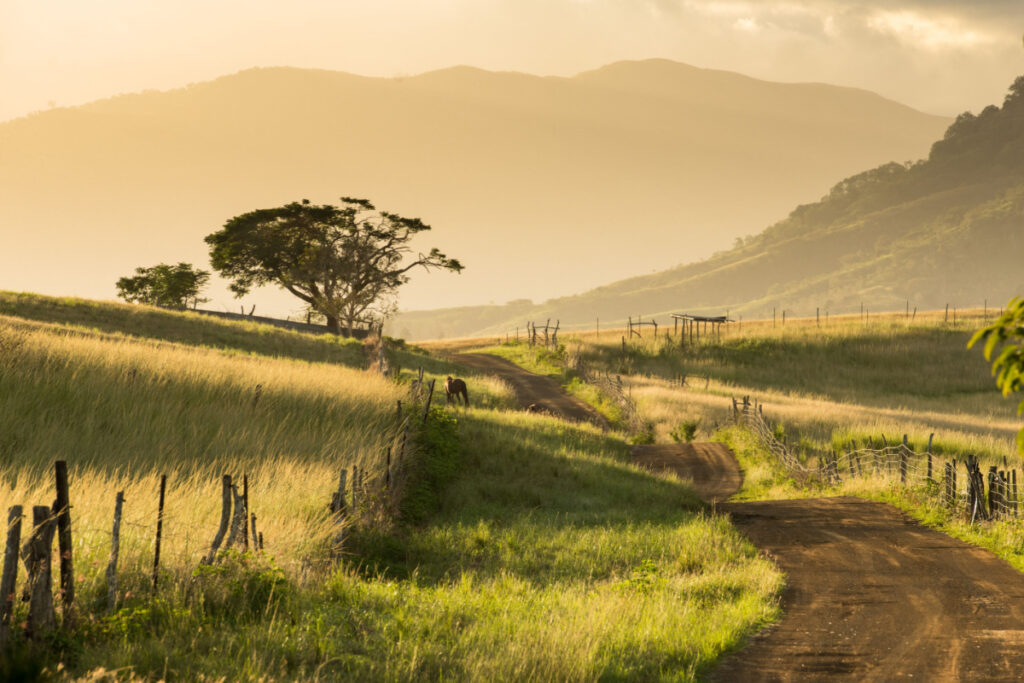
The Grande Terre’s West Coast showcases vast expanses of savannah and mangrove coasts. It’s also cowboy country, with ranches scattered throughout the island’s northwest. Cultural treasures abound in the West Coast – some of the South Pacific’s oldest pottery has been found here, and there are swirling petroglyphs carvings at Montfaoué. The West Coast also hides one of New Caledonia’s most spectacular sites: the Heart of Voh, a natural mangrove shaped like a human heart and best seen by light aircraft from above.
Isle of Pines: verdant native forest & spectacular waters

Commonly called ‘the closest island to paradise,’ the Isle of Pines offers a world untouched. With porcelain-white sands and exceptionally clear waters, pictures don’t do the island justice. Jump on a ferry from Noumea – the trip takes around two and a half hours – or take a 20-minute flight over the lagoon for views that will stay with you forever. Each of the island’s bays is well worth your time – sailing aboard a traditional canoe through the boulder-filled Upi Bay is highly recommended – but Oro Bay, on the island’s northeastern coast, is perhaps the most unique. Swimmers and snorkellers can make new aquatic friends with a paddle in the fish-filled natural swimming pool. Legend has it that Oro hides the home of the Manghénine, one of the last remaining giant sea serpents. The Isle of Pines is also home to a wealth of natural caves, including the Oumagne Grotto, once a safehouse during tribal strife for Queen Hortense, said to be the first Melanesian individual to speak and write in French.
East Coast: rolling hills & traditional villages
New Caledonia’s East Coast is brimming with charming villages, black-sand beaches, spectacular waterfalls and lush jungle terrain. Seasoned adventurers may wish to brave the island’s most notorious ‘scheduled’ road – a winding red-clay route linking mangrove-kissed Canala and historic Thio – offering soaring views over tiny rivers and sunken ravines. The route has no guard-rails and sticks to a strict timing system, with northbound travel only legal in the odd hours of the day. For a slower-paced experience, Mwara Bay is just two hours from Noumea and offers the perfect camping spot. Spend your days lazing on balmy sands or snorkelling the region’s technicolour reefs, home to the occasional dugong and the La Joliette shipwreck.
Great South: humpback whales, red earth & Blue River
New Caledonia’s Great South offers travellers a taste of paradise in its purest form, with fascinating landscapes and spectacular views in abundance, from the city of Mont-Dore to the wilderness of Yaté. If you’re travelling between June and September, a visit to the coconut island of Ouen is a must. This former jade mine is surrounded by brilliant-blue oceans visited annually by majestic humpback whales, and their frolicking is easily sighted from the shoreline. Travel further south to Blue River Provincial Park, packed full of unforgettable experiences, including kayaking through a drowned forest, spying mohawked cagou strutting through hidden groves and spending an evening camping atop mighty gum oaks.
Nouméa: French Riviera chic
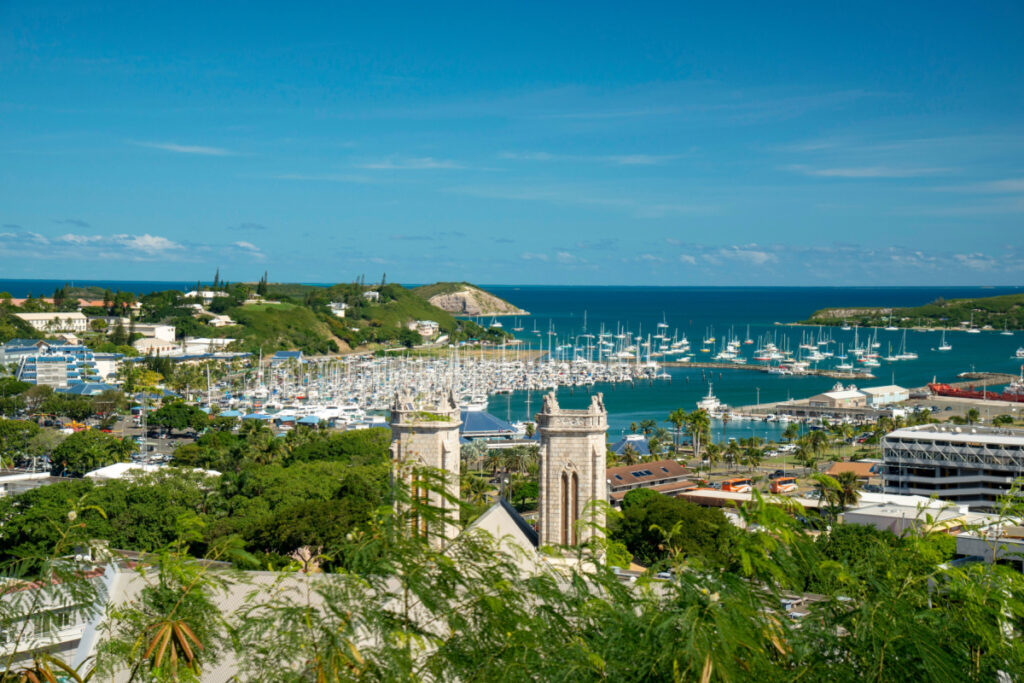
Don’t sleep on vibrant Nouméa, New Caledonia’s sophisticated capital, where a melange of rich Kanak tradition and French tradition come together to create a city overflowing with joie de vivre. Noumea is a city where you can spend the morning at the beach, the afternoon perusing the shopfronts of France’s biggest fashion names and the evening dining at fine brasseries and seafood-focused bistros. Swing by Tjibaou Cultural Centre – part museum, auditorium and research centre, dedicated to preserving indigenous Kanak culture – to gain insight into a fascinating history stretching back thousands of years.
Featured image: Heart of Voh, New Caledonia. Source: Shutterstock.
Produced in collaboration with Brisbane Airport.
Need more travel inspiration? Fly to New Caledonia in two hours from Brisbane and discover Why New Caledonia is More Than Your Usual Island Paradise.
